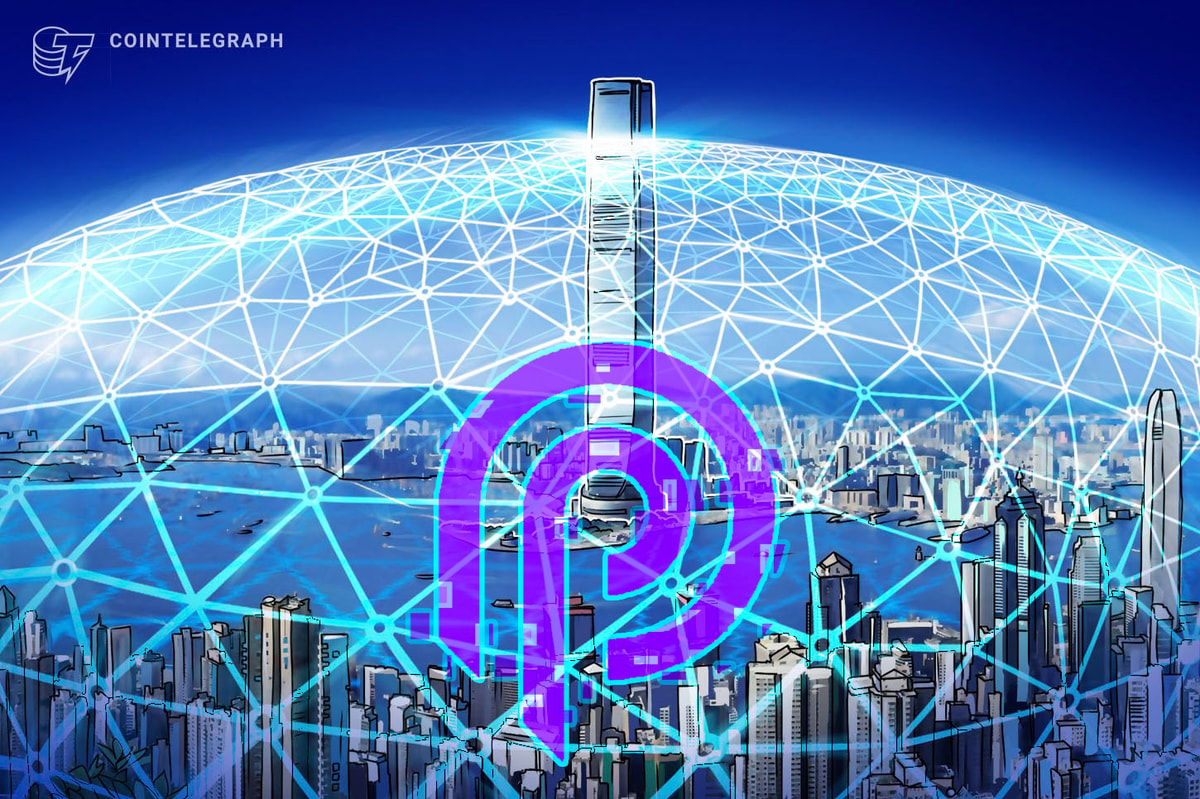Tesla has been granted a Transportation Network Company (TNC) permit by the Arizona Department of Transportation (ADOT), enabling the company to operate a paid ride-hailing service in the state officially.
This will allow Tesla to launch its ‘Robotaxi’ similarly to how it does in California – meaning with Uber drivers using Full Self-Driving Supervised (FSD).
Tesla has been using the word ‘Robotaxi’ quite loosely.
To date, it operates its ‘Robotaxi service’, primarily a ride-hailing app, in Austin and the Bay Area.
In Austin, Tesla has a supervisor in the front passenger seat, with a finger on a kill switch, ready to stop the vehicle at all times. The only reason the safety monitor is not in the driver’s seat, where he could intervene more effectively, is that Tesla prefers the optics and that Texas regulations allow it. It looks better for Tesla if its ‘Robotaxi’ doesn’t have a driver in the driver’s seat.
In California, the regulations don’t allow it, and Tesla has to have a driver in the driver’s seat. It needs to have one until it can prove its system has achieved level 4 autonomy.
Tesla doesn’t seem ready to prove that, as it hasn’t even applied for an autonomous driving permit in California.
Tesla Robotaxi in Arizona
The TNC permit, granted on November 17, following an application filed on November 13, allows Tesla to function as a commercial “Vehicle for Hire” entity, similar to Uber or Lyft in Arizona.
- What the Permit Allows: The TNC authorization permits Tesla to charge passengers for rides using its vehicles. This is crucial for establishing the commercial, revenue-generating aspect of the future Robotaxi network.
- What the Permit Does NOT Allow (Yet): Importantly, the TNC permit does not authorize Tesla to operate vehicles without a human driver. Current state regulations and Tesla’s prior permits require a human operator—either a safety monitor in the passenger seat or a human driver behind the wheel—to supervise the automated driving system during commercial operation.
- Prior Authorization: Tesla previously obtained a separate permit from Arizona in September, allowing it to test autonomous vehicles with a safety driver present. This new TNC permit layers the commercial authority on top of the testing ability.
It means that Tesla can deploy ‘Robotaxi’ in Arizona, but it will operate as it does in California – meaning as an Uber service with a driver, but they are going to use their Full Self-Driving (Supervised) system.
Electrek’s Take
This is how Tesla “launches Robotaxi in 5-6 new cities” by the end of the year, as Musk claimed.
Tesla simply has to secure ride-hailing permits and launch them with drivers that use FSD, call it ‘Robotaxi’, and be done. That’s enough to keep shareholders excited.
The problem with that is that it doesn’t point to a more straightforward path to level 4 autonomy.
Tesla has yet to share actual data from its Robotaxi program that proves it is ready to operate unsupervised, as with FSD in consumer vehicles.
The data we do have right now shows that Tesla Robotaxi still has a high crash rate, even with supervisors preventing an unknown number of crashes.






![Meet the Jeep Recon EV: An off-road electric SUV that’s an absolute beast [Images] Meet the Jeep Recon EV: An off-road electric SUV that’s an absolute beast [Images]](https://i0.wp.com/electrek.co/wp-content/uploads/sites/3/2025/11/Jeep-Recon-EV-2026.jpeg?resize=1200%2C628&quality=82&strip=all&ssl=1)




